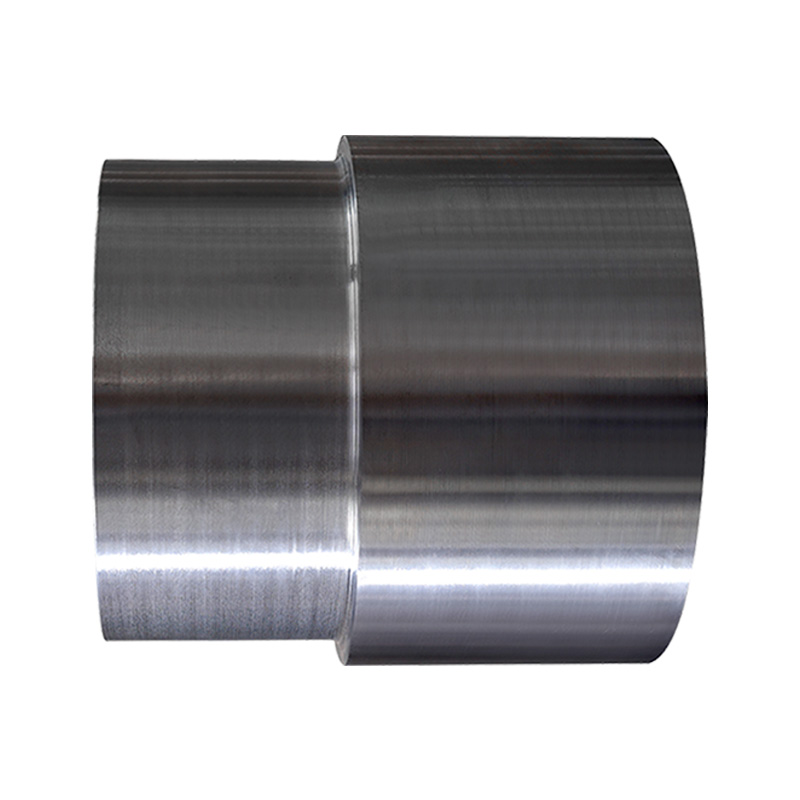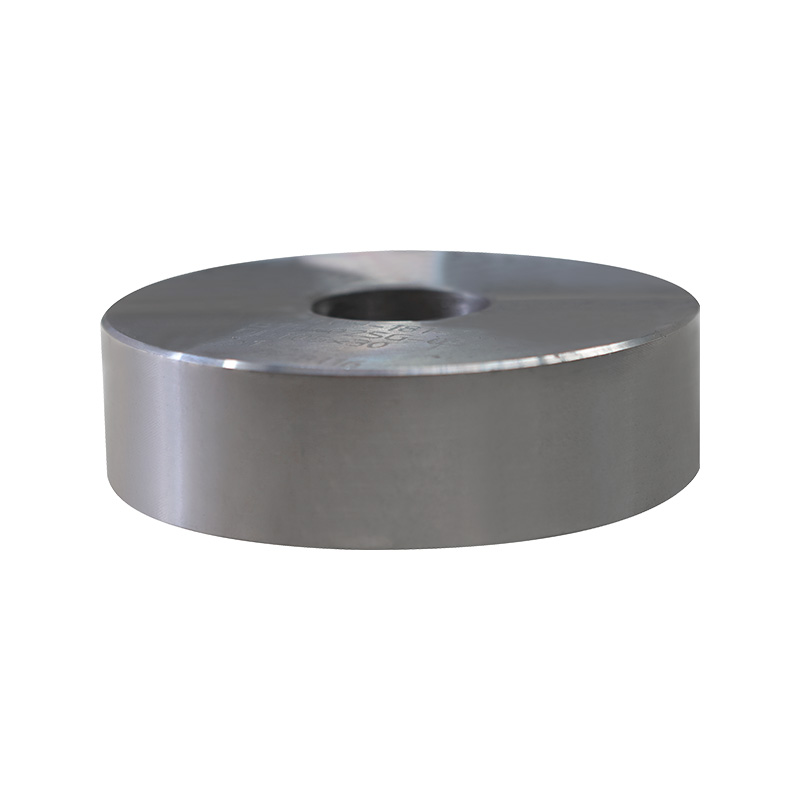We need to consider the manufacturing process of mining machinery forgings. Craftsmanship is the key step in transforming design drawings and ideal materials into reliable physical objects. Improper craftsmanship may result in fatal defects in forgings, even if the material is of good quality, which cannot meet the requirements of harsh mining conditions. The following are the core reasons to consider the process:
1. Determine the final performance of the forging:
Forming quality: The forging method (free forging, die forging, etc.), temperature control, and deformation directly affect the direction of metal flow lines, grain size, and density inside the forging. Reasonable processes can eliminate casting defects, refine the structure, and significantly improve strength, toughness, and fatigue resistance. Poor craftsmanship can cause internal looseness, cracks, or streamline cutting, greatly weakening the load-bearing capacity.
Performance control: Key heat treatment processes such as quenching and tempering directly determine the final ratio of hardness, strength, toughness, and wear resistance of forgings. Any slight deviation in process parameters (temperature, time, cooling rate) may result in unsatisfactory performance (such as becoming brittle when too hard, or not wear-resistant when too soft), which cannot meet the design and usage requirements.
2. Regarding structural integrity and reliability:
Avoid internal defects: Improper forging process (such as low temperature, excessive hammering) or improper heat treatment (such as uneven heating/cooling) can easily cause defects such as cracks, folds, white spots, and overheating or overburning of the structure inside or on the surface of the forging. These defects are sources of stress concentration and fracture initiation under heavy load and impact conditions in mines, posing a serious threat to equipment safety.
Ensure dimensional accuracy and shape: The die design and forging accuracy of the forging process directly affect the geometric shape, key dimensions, and fit tolerances of the forging. Excessive dimensional deviation or non-standard shape not only affects assembly, but also may cause early damage due to uneven stress during service.
3. Impact on service life and maintenance costs:
The basis for resisting failure: Obtaining a uniform, dense, high-strength, and high toughness matrix structure through forging and heat treatment is the foundation for forgings to resist typical failure modes in mines such as wear, impact, and fatigue. Inadequate craftsmanship makes it difficult for even the best materials to unleash their potential, resulting in component lifespans far below expectations and frequent replacements and shutdowns.
Reduce stress concentration: A good forging process can form a reasonable metal streamline direction, avoiding stress concentration at sharp corners and abrupt cross-sections; Proper heat treatment can eliminate residual stress. All of these directly delay the initiation and propagation of fatigue cracks.
4. Meet complex functional and service requirements:
Special process requirements: Some key forgings in mining machinery (such as surface hardening of wear-resistant parts and deep quenching of key shafts) may require special forging or heat treatment processes (such as isothermal forging, induction hardening, carburizing/nitriding, etc.) to achieve specific performance gradients or surface characteristics. The process selection must match these special requirements.
The challenge of large and complex forgings: With the trend of large-scale mining equipment, the manufacturing process of ultra large forgings (such as segmented forging, large heat treatment equipment, process control) is a huge challenge to ensure the consistency of their internal and external quality. The process must be able to handle this complexity.
5. Balance between economy and efficiency:
Ensure first pass rate: Mature, stable, and controllable manufacturing processes are key to ensuring the first pass rate of forgings. Unstable processes lead to high scrap rates and repeated repairs, which significantly increase costs and delay delivery.
Maximizing the value of materials: Optimizing processes can potentially select materials with slightly lower costs but better processability while meeting performance requirements, or improve material performance through processes to achieve better cost-effectiveness. On the contrary, poorly crafted forgings, even if made of expensive materials, may become scrap.
6. Compliance with the quality assurance system:
Traceability and controllability of processes: Standardized manufacturing processes (with clear process specifications, process parameter records, and controls) are the core requirements of a quality management system. It ensures stable and traceable forging quality, which is the foundation for meeting user acceptance standards and industry standards.
| Consideration Area | Key Points | Impact on Forging |
| 1. Final Performance | - Forming Quality: Metal flow lines, grain refinement, density from forging method/temp/strain.- Property Control: Hardness, strength, toughness, wear resistance dictated by heat treatment (quenching/tempering). | Directly determines if the forging meets strength, toughness, and wear resistance requirements for mine duty. |
| 2. Structural Integrity & Reliability | - Defect Prevention: Avoids internal/external flaws (cracks, folds, overheating) from poor forging/heat treatment.- Dimensional Accuracy: Ensures correct shape, size, tolerances for fit and load distribution. | Critical for preventing catastrophic failure under impact/vibration; ensures proper assembly and service. |
| 3. Service Life & Cost | - Resistance to Failure: Creates dense, uniform microstructure as the foundation for wear, impact, and fatigue resistance.- Stress Management: Optimizes metal flow lines and minimizes residual stress. | Extends component life, reduces unplanned downtime, and lowers total maintenance costs. |
| 4. Complex Requirements | - Special Processes: May require specific techniques (e.g., controlled cooling, surface hardening, deep hardening) for unique properties.- Large/Complex Parts: Process capability for size and intricate shapes is essential. | Ensures forging can meet specialized functional demands (e.g., wear surfaces, core toughness) and handle size challenges. |
| 5. Economics & Efficiency | - First-Pass Yield: Consistent, controlled processes minimize scrap and rework.- Material Value Realization: Optimizes cost/performance; allows potential use of more economical materials. | Reduces manufacturing cost and delays; achieves best value for the application. |
| 6. Quality Assurance | - Process Control & Traceability: Defined procedures, recorded parameters, and adherence to standards. | Ensures consistent quality, meets specifications/codes, and provides accountability. |

 英语
英语 德语
德语 阿拉伯语
阿拉伯语












